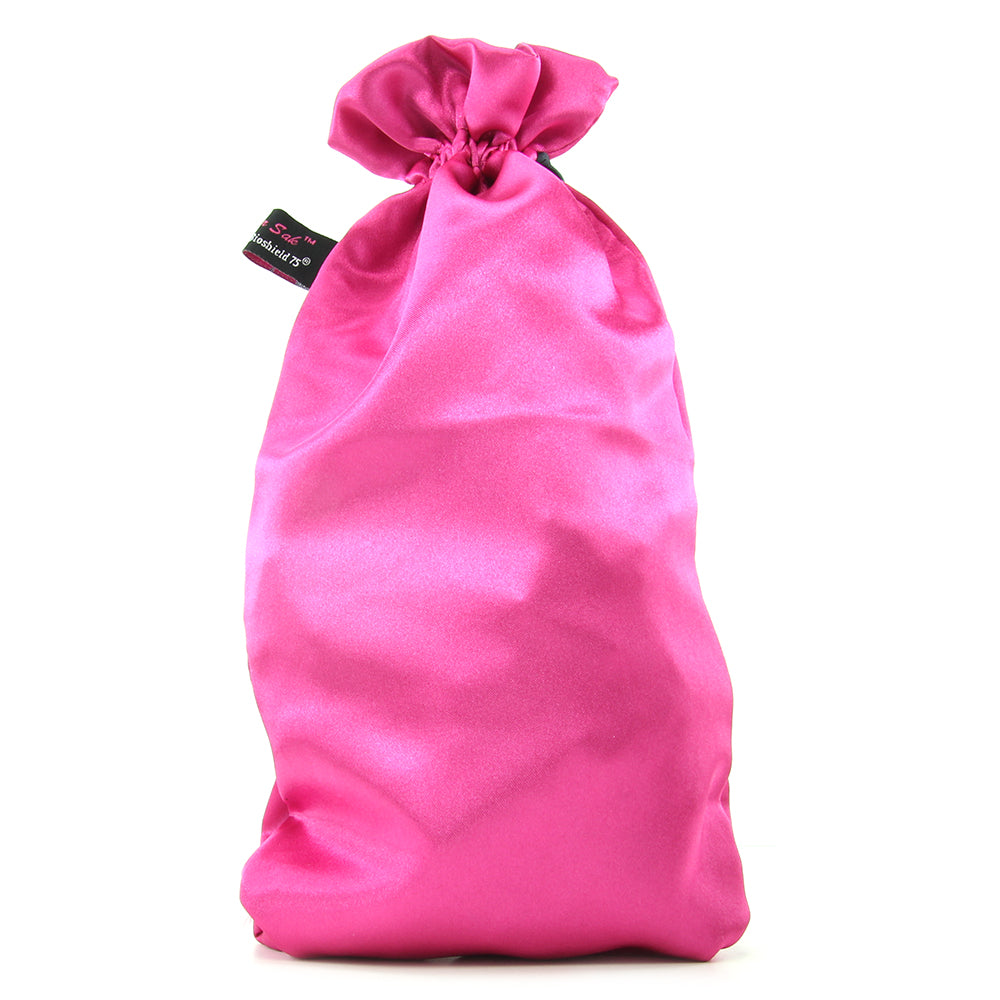Some items are no longer available. Your cart has been updated.
This discount code cannot be used in conjunction with other promotional or discounted offer.
Sale price USD $21.95 Regular price
Size Regular

OR

A beautiful, satiny, sturdily stitched storage solution, the revolutionary Sugar Sak not only provides a safe haven for toys in between uses or during travel but also keeps them safer and cleaner than ever before thanks to a unique, patented BioShield 75 inner layer.
Any conscious toy user will be well used to cleaning favorite toys thoroughly before and after use, but unsanitary storage conditions can sometimes undo all that good-intentioned effort. Approved by the USDA and EPA, BioShield 75 is an extraordinarily durable protective material that acts as a safe and more natural antibacterial and antimicrobial agent, preventing the growth of bugs, germs, fungus' and yeasts, all of which have the potential to cause irritation and infection. By storing your more treasured pleasure tools inside between uses, a higher level of safety and cleanliness is very effectively accomplished.
Aside from improving your overall toy maintenance routine, the Sugar Sak is truly gorgeous, showcasing glossy, silky fabric at the exterior, and a playful black and white spotted interior. Securely stitched into the upper portion, a satiny drawstring closes securely for worry-free storage and simple portability.
The Large Sugar Sak is 7 inches (18cm) wide with a depth of 13.5 inches (34.3cm), offering more than enough room for most average-sized toys.
*BIOSHIELD 75™ is unique. It creates a strong bond with a multitude of surfaces, porous and non-porous, forming a highly durable protective coating. Its molecules form a microscopic field of “spikes” that puncture microbes without the use of poisons. Since BioShield 75's methodology is mechanical instead of chemical, it does not create "superbugs" which build up a resistance to treatment (much like antibiotics can). BioShield is applied liberally to the Sugar Sak thus providing maximum protection.

Comment